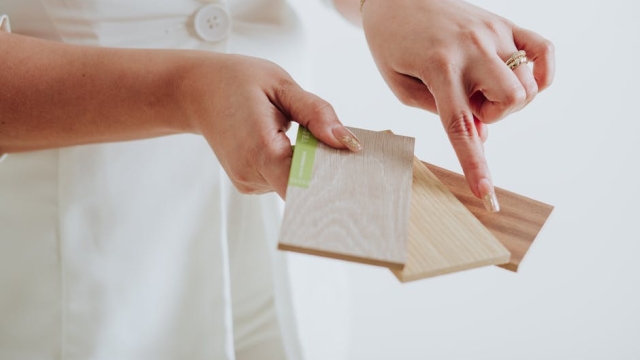Overview of Padel Court Design Options

As the popularity of padel continues to rise, many enthusiasts are looking to create their own courts for personal or community use. However, the process of padel court planning involves several crucial steps that can determine the success and longevity of the court. From understanding design options to navigating local regulations, careful consideration is essential. This guide will provide you with a comprehensive overview of what you need to know about planning a padel court.
Overview of Padel Court Design Options
Before diving into the planning process, it’s vital to explore the various design options available for padel courts. The standard dimensions for a padel court are 20 meters long and 10 meters wide, enclosed by walls to facilitate the unique gameplay of the sport. Courts can be constructed using different materials, including glass, concrete, or a combination of both. Each material offers distinct advantages; for instance, glass walls provide visibility for spectators while concrete surfaces are durable and low-maintenance.
Additionally, you can choose between indoor and outdoor courts. Indoor courts offer protection from the elements, allowing for year-round play, while outdoor courts can enhance the overall ambiance and provide a more natural playing experience. When considering your design options, think about factors like location, climate, and intended usage to determine the best fit for your padel court.
Step-by-Step Guide to Planning Your Padel Court
Once you have a clear idea of the design options, the next step in padel court planning is to outline a detailed process. Begin with site selection; choose a location that is easily accessible and has sufficient space for the court and any surrounding amenities, such as seating or landscaping. Ensure that the site is level and free from obstructions that could interfere with play.
Next, consider the layout of the court. Proper orientation can enhance playability by minimizing sun glare and wind interference. After determining the layout, you can proceed with obtaining necessary permits and approvals. This step is crucial, as it involves compliance with local regulations, which can vary significantly based on your region.
Understanding Local Regulations and Costs for Padel Courts
Local regulations play a significant role in the planning and construction of a padel court. Before you begin building, it is essential to check with local authorities regarding zoning laws, building codes, and any restrictions that may apply to sports facilities in your area. Failing to adhere to these regulations can lead to costly delays or even the need to dismantle the court.
In addition to legal considerations, understanding the costs associated with constructing a padel court is equally important. Factors that influence the overall budget include the choice of materials, court size, site preparation, and additional amenities such as lighting and seating. It is advisable to obtain multiple quotes from contractors specializing in sports facilities to ensure you are getting a fair price and quality service.
Finding Professional Services
Finally, when it comes to padel court planning, enlisting the help of professionals can take much of the guesswork out of the process. Look for contractors who have experience in constructing padel courts and can provide references or examples of previous work. A reputable contractor will guide you through the planning stage, ensuring that your court meets all necessary regulations and is built to last.
In conclusion, successful padel court planning involves a thoughtful approach that encompasses design options, site selection, compliance with local regulations, and budget considerations. By taking the time to carefully plan your court, you can create a fantastic space for enjoying this exciting sport. For more detailed information and resources related to padel court planning, consider visiting Mondo Padel, which offers valuable insights and professional services tailored to your needs.
